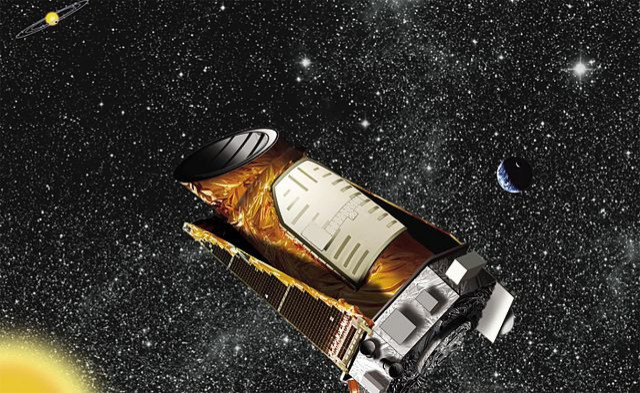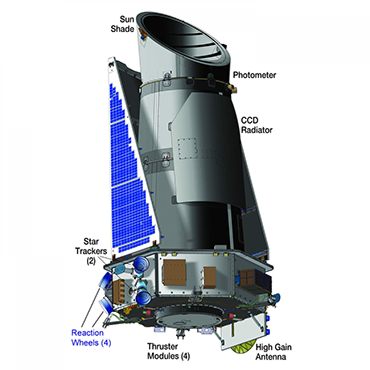NASA Attempts To Repair Damaged Kepler Planet-Hunting Telescope

NASA launched a week-long mission to repair its planet-hunting Kepler space telescope on July 18.
The $550 million telescope -- which searches for planets outside of our solar system -- shut down in May after it began having issues with its positing system, Discovery News reports.
At the time, attempts were made to get the telescope working properly again. But engineers were unable to get the observatory's reaction wheels to begin spinning again. These four wheels help guide Kepler to point at its intended targets.
The telescope is currently orbiting the sun, about 40 million miles away from Earth, and directors for the mission won't know if it will be functional again until later this month, the Associated Press press.
Kepler is designed to work properly with at least three of its four wheels. But with two of them out of commission the telescope is unable to complete its planet-spotting duties.
“We need three wheels in service to give us the pointing precision that is necessary to find planets,” said Kepler lead scientist William Borucki, during a Wednesday conference call with reporters.
Kepler's first positioning wheel was lost last year.

According to FCW, NASA engineers have already created a plan to fix one of the two wheels, completing detailed reviews of Kepler's broken components.
Since its 2009 launch, the craft has confirmed more than 100 planets while also spotting more than 3,200 potential planets. Scientist believe that 90 percent of the potential planets will ultimately be confirmed.
And though it may be destined to now orbit aimlessly in space, Kepler's previous work has not been in vain. Scientist say they have at least two more years of unanalyzed data left from the telescope's four years in space.
© Copyright IBTimes 2024. All rights reserved.






















